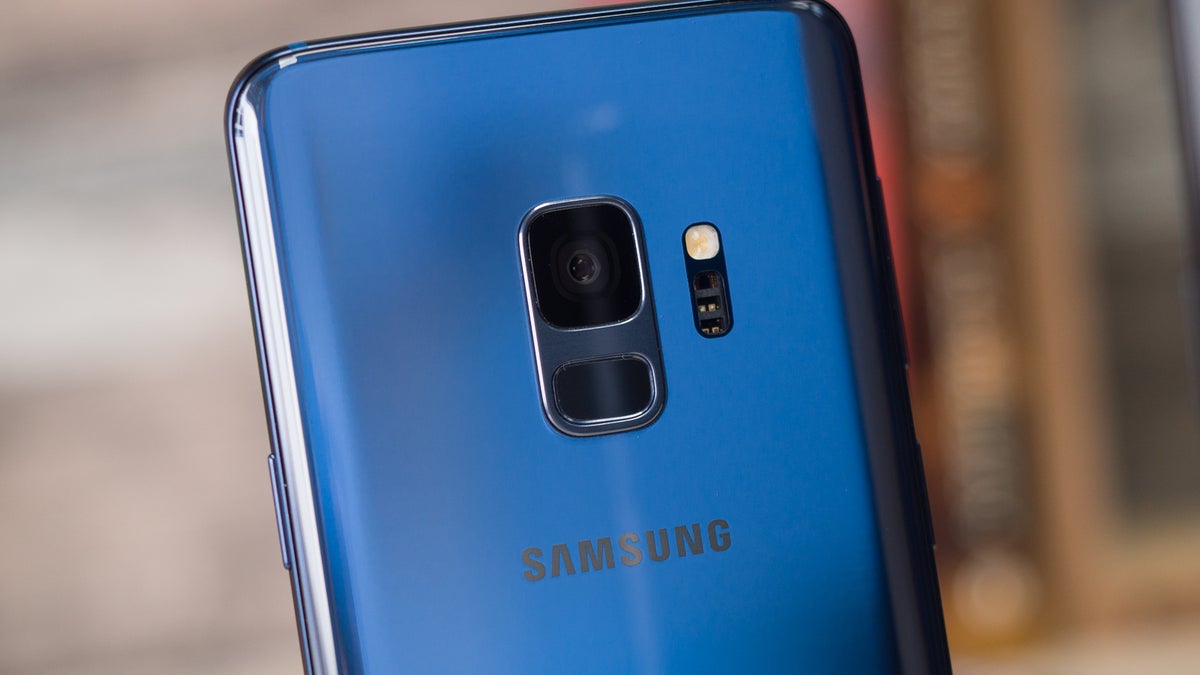Samsung's new ISOCELL Plus tech brings big improvements to low-light photography

Earlier this year, Samsung made advances in low-light mobile photography thanks to the variable aperture lens that it debuted on the Galaxy S9 and S9+. However, thanks to the ISOCELL Plus technology that the South Korean giant has just debuted, pictures in low-light scenarios could get even better.
The company’s ISOCELL technology has been the backbone of Samsung’s cameras for a number of years now, but with the improved version, the company has increased its focus on light isolation. After all, the greater the amount of light that is captured by pixels, the better the image quality in low-light situations. This improved isolation is achieved thanks to a new material that Samsung has jointly developed with Fujifilm, which will replace the metal that is used inside current-generation sensors and will reduce light leaks, something that should lead to an increase in sensitivity. In fact, the brand claims it can now produce sensors that are 15% more sensitive to light while continuing to use pixels of up to 0.8 micrometers in size. This means the company can effectively obtain much better results without needing to increase the overall space occupied by its sensors.
Following today’s announcement, Samsung is expected to show off demo versions of the new camera tech at the Shanghai Mobile World Congress event that is set to take place over the next few days. Additionally, the South Korea-based company will likely reveal a potential timeframe for consumer availability, although the Galaxy S10 line that is currently set to make an official appearance in January will likely be the first smartphones to sport the new sensors. However, if Samsung already has the technology ready, it could potentially include it on the rear of the Galaxy Note 9 that is set to debut in August.
The company’s ISOCELL technology has been the backbone of Samsung’s cameras for a number of years now, but with the improved version, the company has increased its focus on light isolation. After all, the greater the amount of light that is captured by pixels, the better the image quality in low-light situations. This improved isolation is achieved thanks to a new material that Samsung has jointly developed with Fujifilm, which will replace the metal that is used inside current-generation sensors and will reduce light leaks, something that should lead to an increase in sensitivity. In fact, the brand claims it can now produce sensors that are 15% more sensitive to light while continuing to use pixels of up to 0.8 micrometers in size. This means the company can effectively obtain much better results without needing to increase the overall space occupied by its sensors.
source: Samsung
Follow us on Google News













Things that are NOT allowed:
To help keep our community safe and free from spam, we apply temporary limits to newly created accounts: